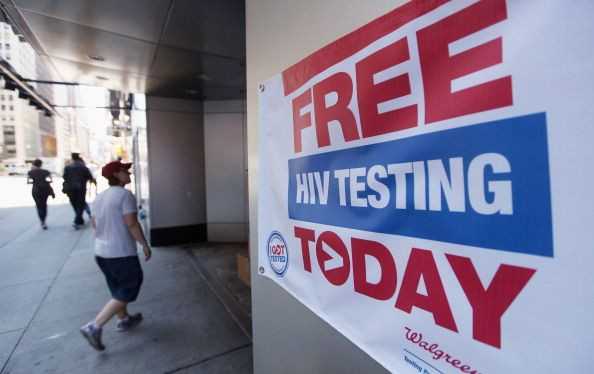8 HIV/AIDS Myths And Misconceptions That Should Be Corrected Now

HIV and AIDS are prevalent in many parts of the world and while these have been a major health issue over the past three decades, many still believe incorrect information about them. Thanks to scientific research and the Internet, we now have access to accurate and easily available data about HIV and AIDS. Here are eight of the most common misconceptions and myths that should be set straight now.
1. Myth: You can get infected if you are around people who are HIV-positive.
Fact: HIV can be obtained through semen, vaginal fluid, breast milk, or blood. It will not be passed on by sharing a drink from the fountain, breathing the same air, using the same utensils, shaking hands, hugging or kissing, or touching a doorknob or toilet seat.
2. Myth: HIV can only be obtained if you use IV drugs and are intimate with people of the same sex
Fact: The risk for HIV is the same between homosexual and heterosexual contact. Gender does not at all play a role in transmission.
3. Myth: You can tell by looking at a person if he or she has HIV
Fact: No. A person can be HIV-positive but not exhibit any signs and symptoms until years after. The only way to confirm if you are positive is to get tested.
4. Myth: HIV can be spread through mosquito bites
Fact: Bloodsucking insects will not transfer HIV from one person to another, even if you are in an area with a high incidence rate. Bugs do not inject blood when they bite.
5. Myth: HIV can be spread by kissing
Fact: HIV is not spread through saliva, so kissing will not transfer the virus. However, it may be possible if the persons have bleeding or sore gums, but this is more as an increased risk. Any transmission via this route is rare.
6. Myth: You cannot get HIV from oral sex
Fact: You can, although there is a low risk. The risk becomes higher if there are cuts, abrasions or sores in the mouth where the virus may enter during oral sex. The best advice would be to avoid engaging in oral sex, particularly semen, with a person who is HIV-positive.
7. Myth: HIV is the same as AIDS
Fact: HIV is different from AIDS. Human Immunodeficiency Syndrome is a virus while Acquired Immunodeficiency Syndrome is its escalated form. An individual with HIV can test positive and continue to lead a normal life without ever progressing to AIDS. According to The Stigma Project, the appropriate terms to use to describe a person with HIV is “Person Living With HIV,” which is different from being an “AIDS Victim,” “or “AIDS Patient.”
8. Myth: HIV/AIDS is a death sentence
Thanks to science and modern technology, HIV is a highly manageable albeit chronic illness. There are plenty of individuals who have been diagnosed and continue to live normal lives as if nothing happened. This is why it is important to get tested regularly, even if you do not engage in sexual relations frequently, just to be sure and so that early contingencies plans can be set up.
© Copyright IBTimes 2025. All rights reserved.





















